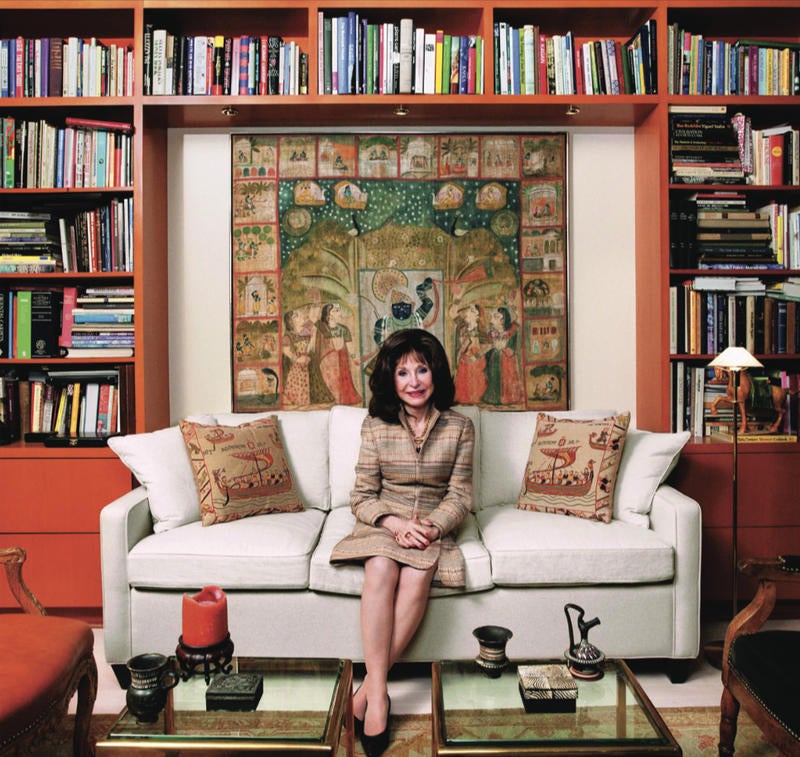Ny11+ is dedicated to making interior design better every year by targeting where many designers start: school. Designer Ruth Lynford founded the organization, now a reg- istered nonprofit, in 1997 to showcase six New York–based design schools. Today, more than a dozen schools meet annually for an exhibition to share student work.

“I am interested in two things: education and legislation,” Lynford told ASID’s Gwen Donovan in 2017. “I am a woman of causes. When there’s a void to be filled, and I see there’s nobody to fill it, I’ll step in.” At age 94, Lynford still runs the show—and says she believes that designers have to continuously improve in order to keep public confidence.
Lynford was instrumental in getting interior design added to the list of professions licensed by the New York State Board of Regents. In 1984, she spearheaded Interior Designers for Legislation in New York, a coalition that by 1990, had success- fully worked with lawmakers to establish interior design as the state’s 33rd registered profession. That same year, she was inducted to the Interior Design Hall of Fame.

BOH subscribers and BOH Insiders.









































